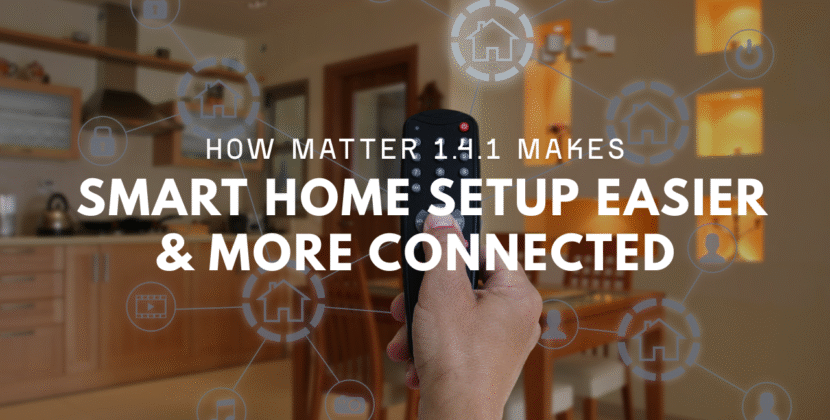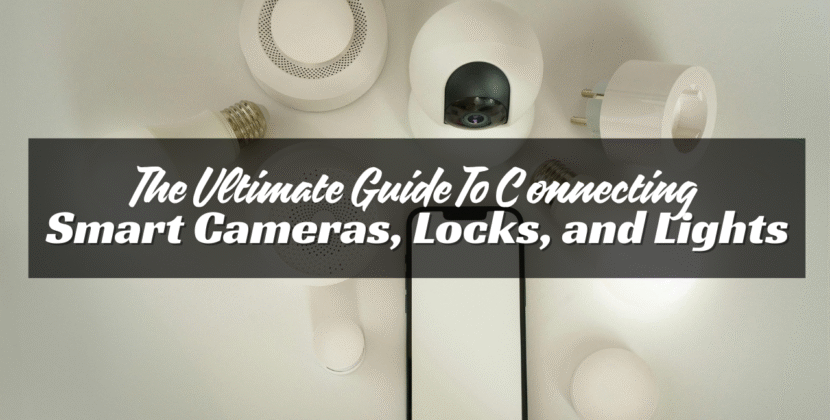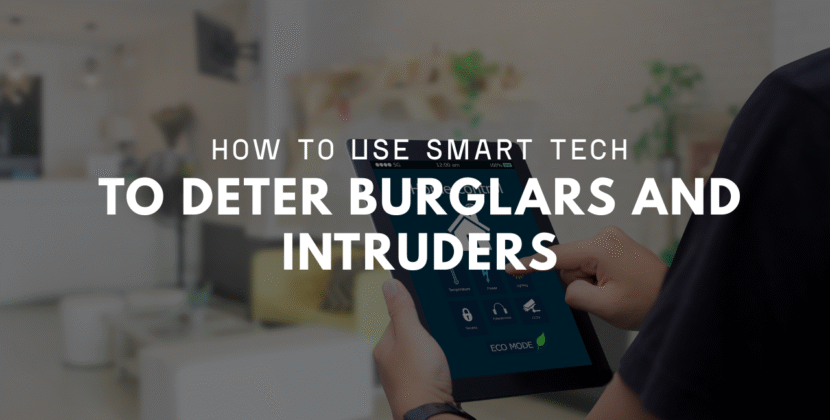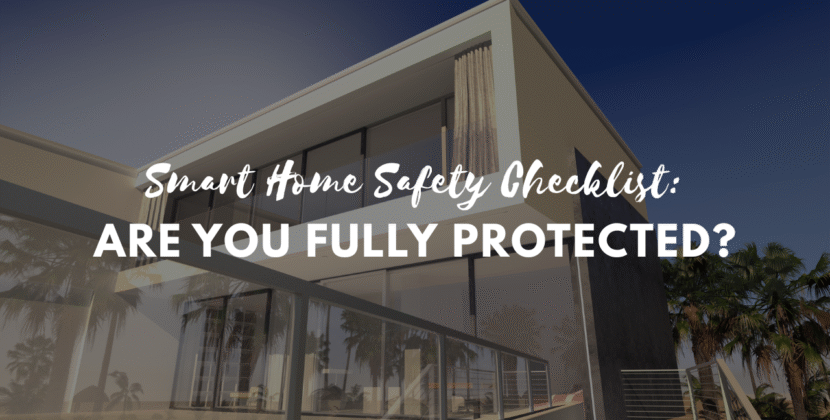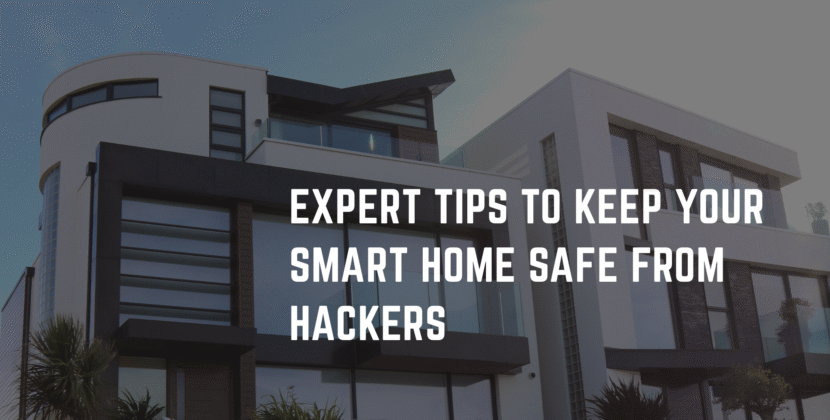
Latest post
Popular Posts
Category: Smart Tips
- Home
- Smart Tips
Popular Post

Ring vs Arlo: Which Smart Camera Is Better in 2025? (40)
- majidsheikh0096@gmail.com
- July 19, 2025

Top Smart Home Security Trends to Watch in 2025 (32)
- majidsheikh0096@gmail.com
- July 10, 2025

The Future of Smart Locks: What’s New in 2025? (29)
- majidsheikh0096@gmail.com
- July 24, 2025

